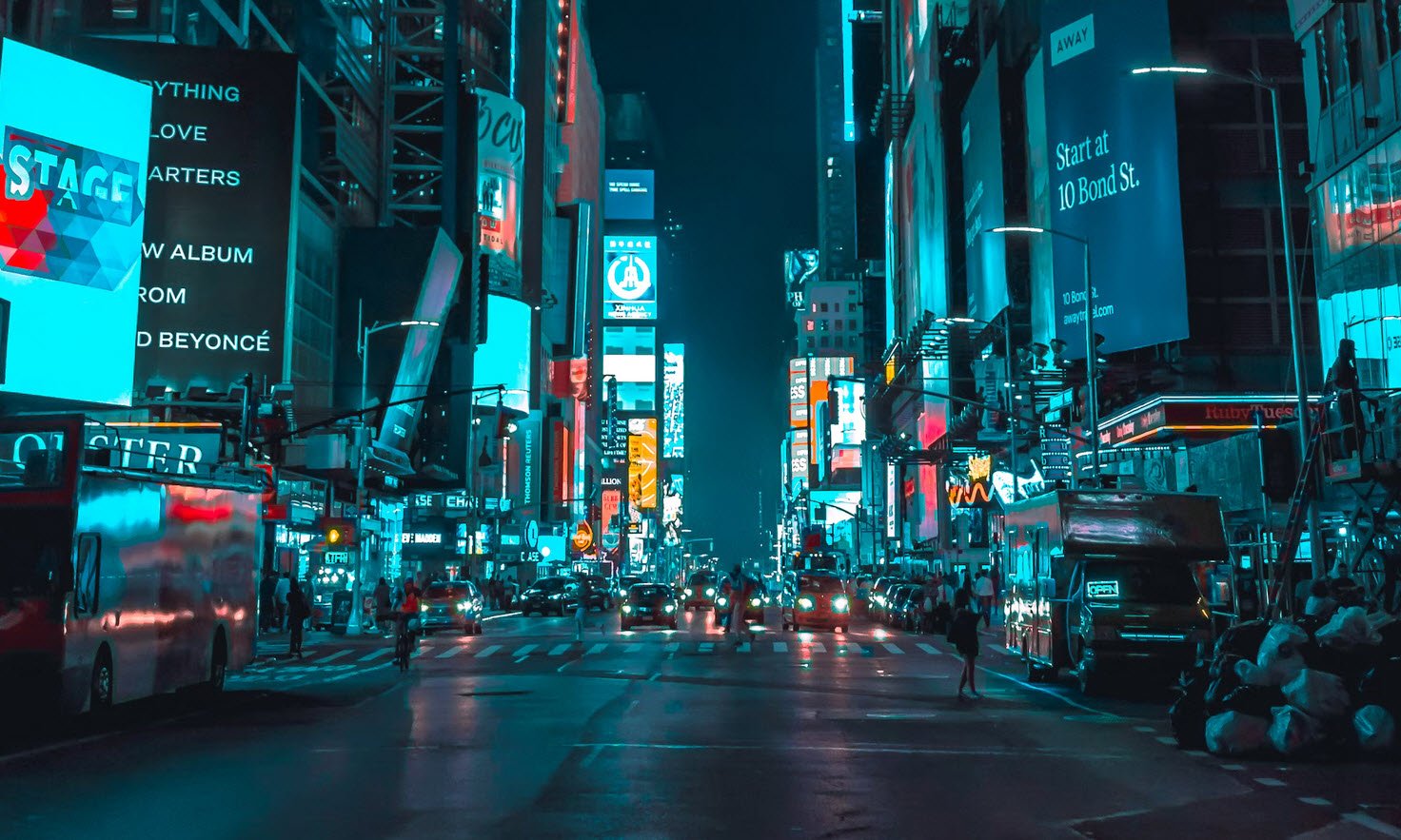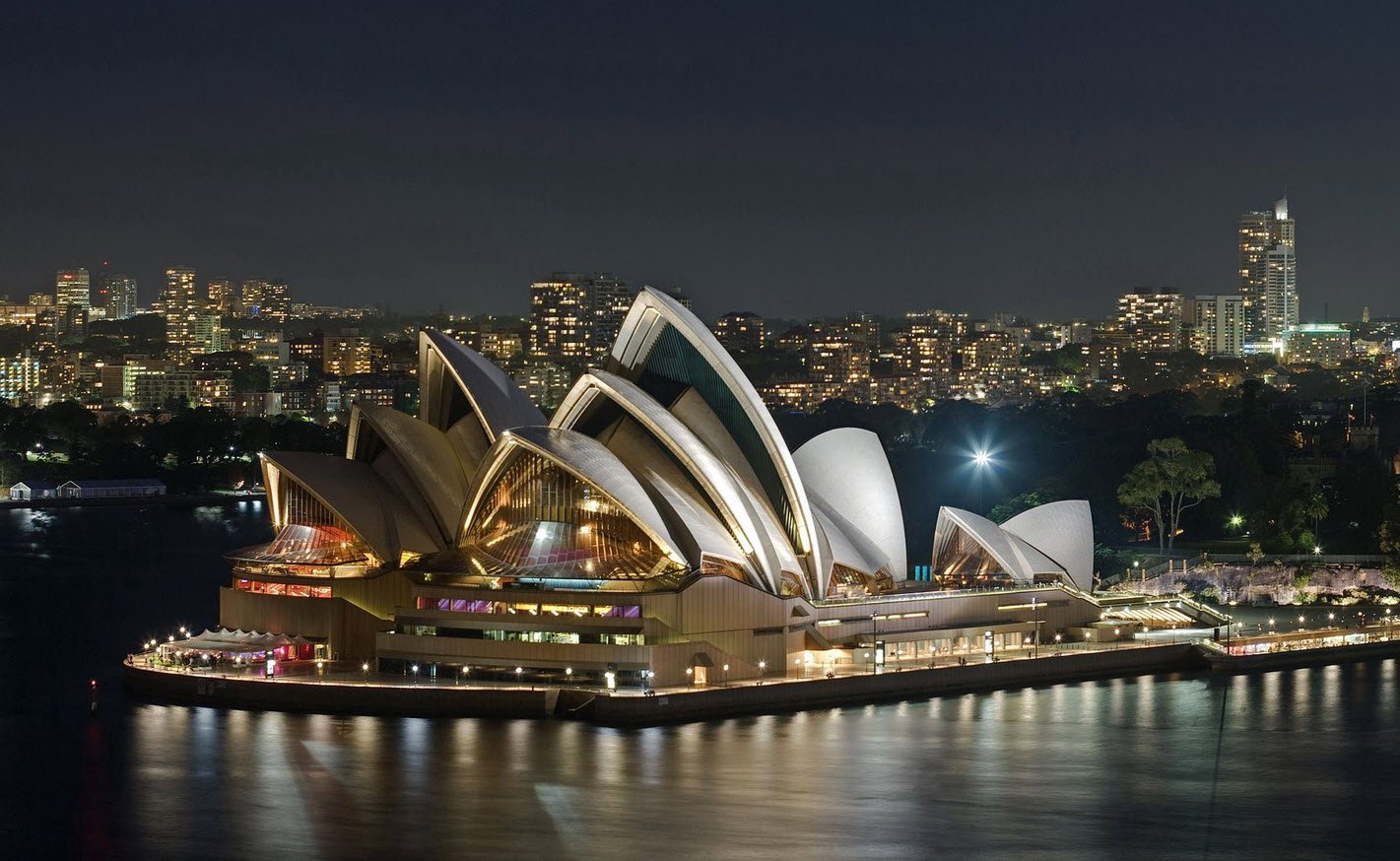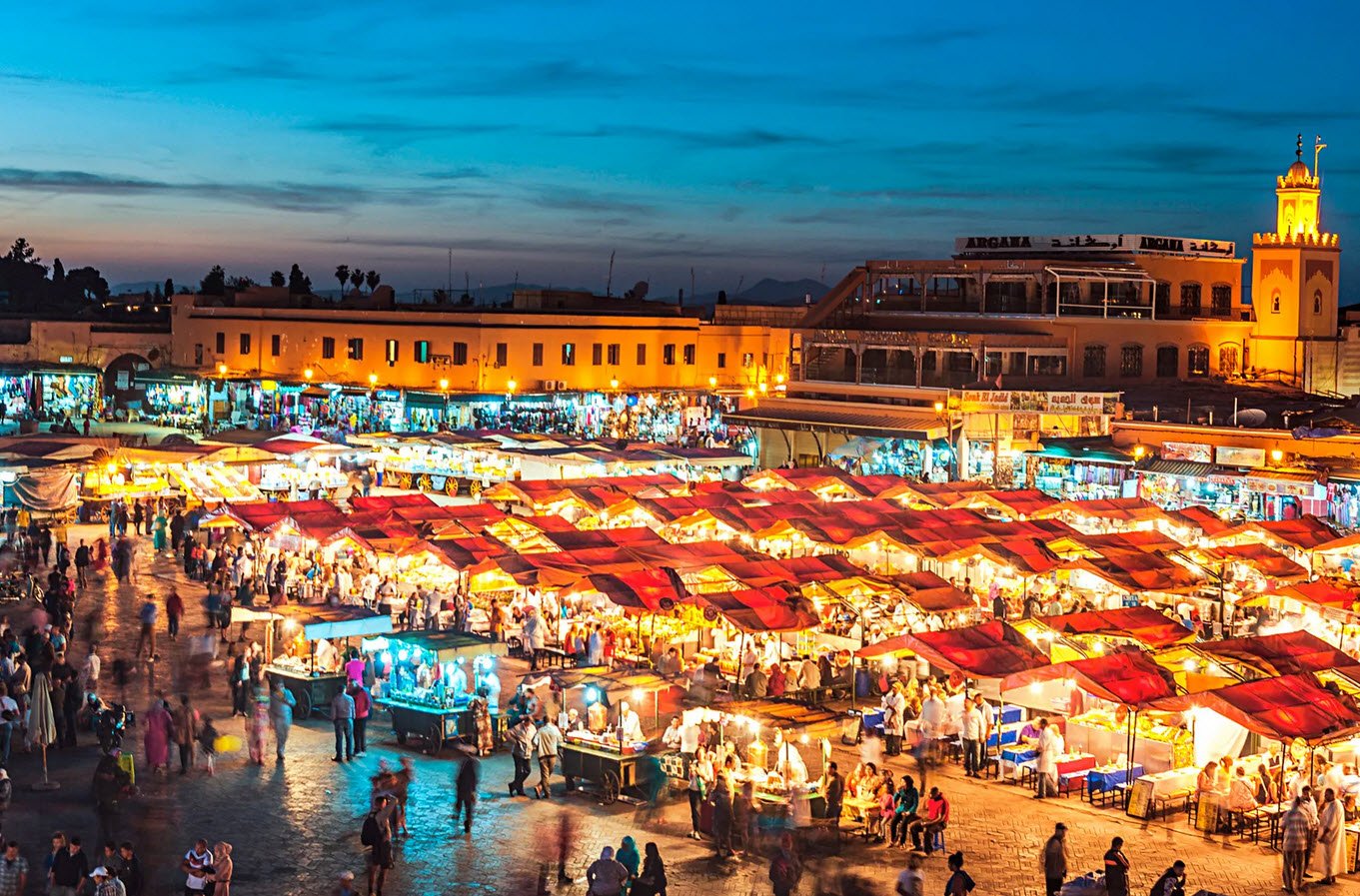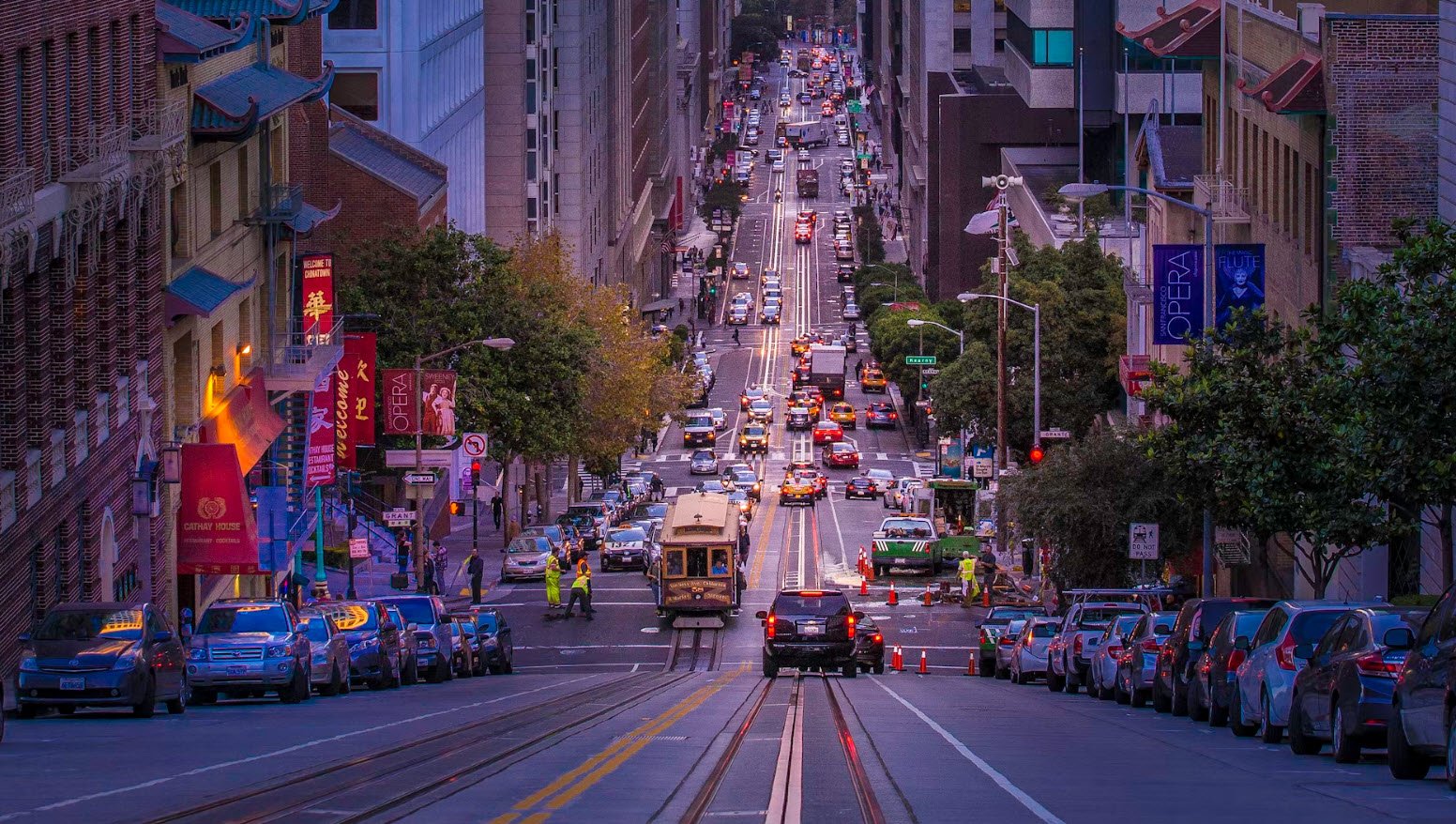
Random space and universe facts catch us off guard in the best possible way. They’re unexpected or unusual bits of knowledge from the worlds of science and history that delight us; and anyone we share them with. But these interesting facts aren’t just amusing pieces of information that will make you a whiz at answering trivia questions:
They’re legitimately fascinating, and once you get started, you’ll want to keep reading until your curiosity is satisfied.
- Two metallic objects can stick together in space, permanently. There’s no fusion involved, it’s called cold welding.
- Earth’s spin, of course, is not the only motion we have in space. Our orbital speed around the sun is about 67,000 mph (107,000 km/hr) according to Cornell.
- The interstellar gas cloud Sagittarius B contains a billion, billion, billion liters of alcohol.
- The risk of being struck by a falling meteorite for a human is one occurrence every 9300 years.
- Skylab, the first American space station fall to earth in thousands of piece in 1979. Thankfully most over the ocean.
- Astronauts are not allowed to eat beans before they go into space because passing wind in a space suit damages them.
- An astronaut can be up to 2 inches taller returning from space. The cartilage disks in the spine expand in the absence of gravity.
- In space the astronauts cannot cry, because there’s no gravity, so the tears can’t flow.
- It can take a photon 40,000 years to travel from the core of the sun to the surface, but only 8 minutes to travel the rest of the way to the earth.
- Inside an astronaut’s helmet there’s a Velcro patch that serves as scratcher.
- NASA scientists have discovered starts that are cool enough to touch!
- NASA is developing 3D printed pizzas for astronauts.
- In space the skin on your feet peels off!
- The international space station (ISS) is a s roomy as a five bedroom house and travels at 17,500 mph!
- Astronauts in international space station witness around 15 sunrises and 15 sunsets every day!
- Neutrons stars can spin at a rate of 600 rotations per second!!!!
- A day in mercury lasts approximately as long as 59 days on earth.
- Saturn’s moon titan has plenty of evidence of organic (life) chemicals in atmosphere.
- Venus is the hottest planet in the solar system and has an average surface temperature of around 450 degree C. Interestingly, Venus isn’t the closest planet to the sun- mercury is closer but because mercury has no atmosphere to regulate.
- Space isn’t a complete vacuum; there are about 3 atoms per cubic meter of space.
- Saturn isn’t the only planet with rings, Jupiter, Neptune and Uranus also had.
- Most of elements found in your body originated in stars; we are literally made of star dust!!!
- Mark Twain was born around the time when Halley comet passes the earth and he predicted that he would die during its next visit. He wrote “here are these two unaccountable freaks, they came in together, they must go out together.” he died the day after Halley’s comet returned!!
- Aristarchus proposed a heliocentric (sun centered) model, 1700 years before Copernicus!
- Mu Cephei is so large its surface would be between Jupiter and Saturn!!!!!
- Pluto was discovered in 1930 by astronomer Clyde Tombaugh.
- The Andromeda galaxy was discovered in the year 964 by Persian astronomer Azophi and the Muslim world was home of the first astronomical observatories which were built in the 9th century. By the way Andromeda is named after princess of Ethiopia.
- 27% of American believe man never landed on the moon!
- As of early 2009, there have been 113 space shuttle flights since the program began in 1981.
- Astronaut brought back about 800 pounds of lunar rock to earth. Most of it has not been analyzed.
- Lunar eclipse can last 1 hour and 40 minutes.
- Galileo saw Neptune in 1612… 234 years before it was discovered!
- The moon takes about 27 days (27 days, 7 hours, 43 minutes, 11.6 seconds) to go all the wayaround the earth and return to its starting position. The moon is 4.5 billion years old.
- The first exoplanet discovered were found in 1992, circling the ultra-dense cylinder of supernova.
- In 1959, the soviet space probe “Luna two” became the first man-made object to reach the moon as it crashed onto the lunar surface.
- The gravitational field inside a black hole is so strong that it can swallow anything in the universe, even a passing star and its light. If an object weighing 1kg is brought to within 6m of black hole, it would weigh trillion tones!
- Nicolas Copernicus was the astronomer who first suggested that the sun was the center, and that the earth went around the sun.
- If the sun became Black hole, it would be only a few kilometers across but it could swallow the earth!
- Jupiter’s moon IO is the most volcanic body in the solar system.
- Hipparchus calculated the size and distance of the moon and catalogued 1020 stars in the second century B.C
- The brightest star in each constellation is called the alpha star; the next one is beta, and so on.
- A “light year” is a measure of distance, not time.it is defined as the distance light travels in one year. Light travels at a velocity of about 9,500,000,000,000 kilometers.
- Jupiter’s moon Ganymede is the largest moon in the solar system, and is larger than the planets mercury and Pluto!
- The international space station is the most expensive object ever built, at US$ 150 billion.
- The Apollo astronaut’s footprints on the moon will probably stay there for at least 100 million years.
- If you fell into a black hole, you would stretch like spaghetti.
- Halley comet won’t orbit past earth again until 2061.
- “Astronauts” come from America. Space explorers from Russia are called “cosmonauts.”
- At 600 km wide and 21 km high, Olympus mons is a volcano on mars that may still be active, according to scientists. It is the tallest peak of any planet. However, the rheasilvia central peak on the asteroid Vesta is taller at 22 km.
- The international space station is about the size of football field!
- Things to Do in New York City
- Australia – A Land of Diversity and Natural Wonders
- Explore Namibia: Where the Desert Meets the Sea
- Top Things to Do in Marrakech, Morocco
- Top 10 Cleanest Countries In The World
- 6 Best States to Visit in USA for 2023
- Amazing Facts About Bangkok, Thailand Which You Need To Know
- 7 Tallest Buildings in the World
- Unbelievable Facts About Sardinia, Italy You Need To Know
- The Nepal Himalaya’s Top 9 Destinations You Should Not Miss








